At Kodo, we think a lot about design. We know that an aesthetically pleasing environment contributes to well-being, mood, performance, and attention span. Environments can make us feel welcomed or uncomfortable. They can invite play and investigation or thwart it. Room arrangement, furniture style, color palette, lighting, and material selection all play a part in how children learn and play. As a close to the Week Of The Child, we’d like pose this question: Is your classroom learning environment optimally arranged and designed for provoking child-initiated exploration, investigation, and play?
We could all spend weeks discussing and answering that question, as our environments should always be evolving and changing in response to individual and group interests and needs. Here are a few simple points for you to use as discussion starters with your colleagues.
- Children need plenty of space in order to feel comfortable with others, seek out quiet if needed, engage in complex construction projects, spread materials out, fill/dump/pour, build elaborate dramatic play settings, explore alone or with others, and more. What can I do to increase open space, even a little?
- Living things represent our connection to the natural world and should be present in the learning environment. Plants produce oxygen, add a homey touch, and support the concept of caring for the planet. Insects, small animals, and fish invite observation and fuel investigations. How does our classroom help children connect to the natural world?
- A rich “sensory diet” and varied tools to explore sensory materials increases cognition, such as understanding cause and effect and spatial relationships. It also often promotes autonomy and engenders collaboration with peers. When was the last time I was innovative with the sensory materials?
- Materials and loose parts offered to children in open bins and baskets on accessible shelving, as opposed to closed bins or tucked away behind closed cabinet doors, sends the message that they are free to choose and play with what interests them. Further, it signals that it is okay to combine materials in new ways. Where and how will we implement this idea into every learning center/area?
- Responsive classrooms that promote child-initiated play and exploration are arranged in accordance to children’s interests and passions, and materials within those spaces reflect the ideas and concepts children are focused on. Do I know what interests each child, and further, how is that reflected in the learning environment?
Spring always signals a time for us to give our classrooms spaces a thorough cleaning and a bit of recharge. By this point in the school year children are more than ready for us to literally give them more room to grow. Think about your learning environment with the intention of provoking children to play, explore, and investigate on their own. It will benefit not only them, but you, as you’ll find that the more engaging the space, the more time you’ll have to make authentic observations. Happy Week of The Young Child!
Learning Environment Photo Gallery
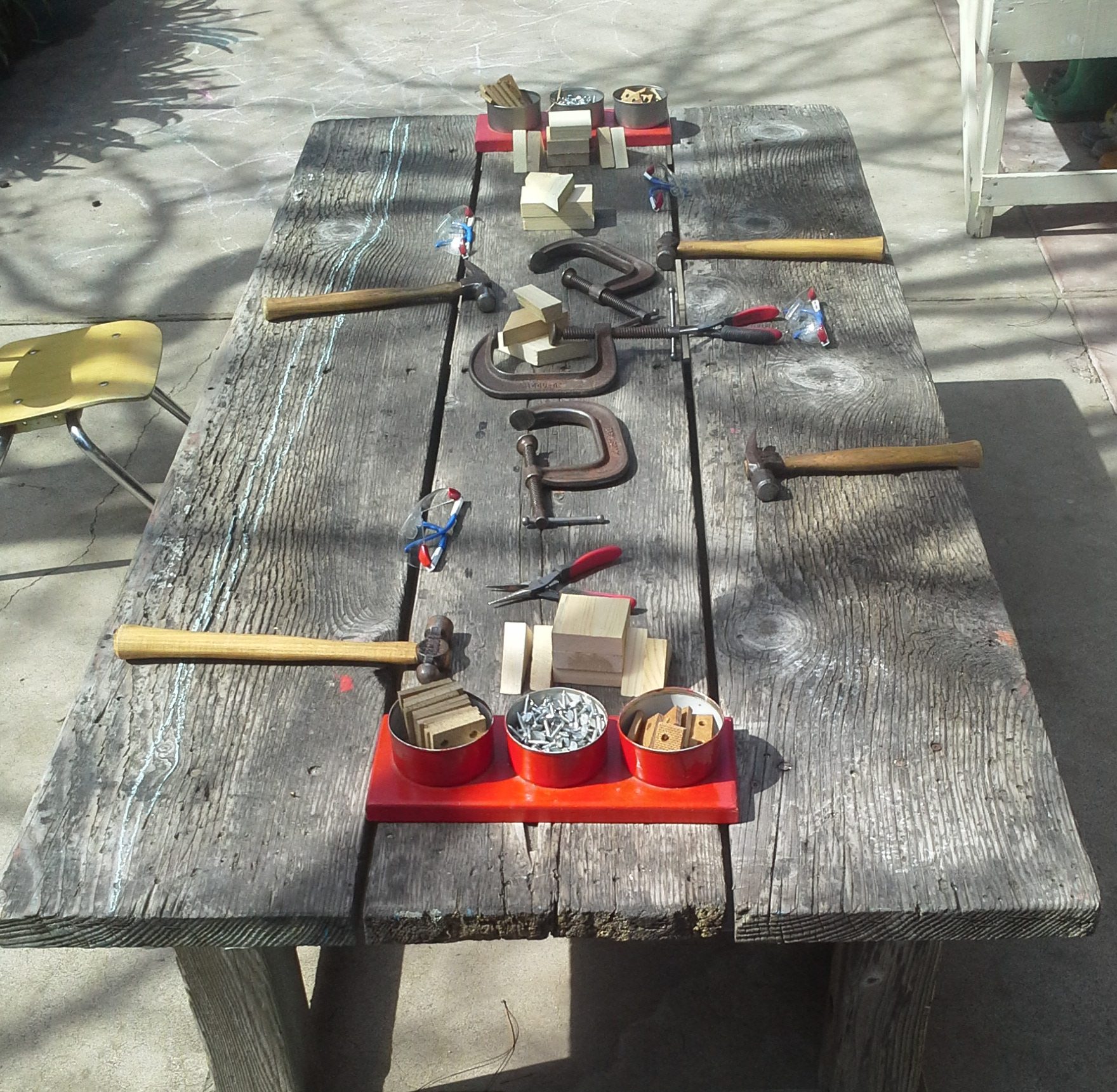
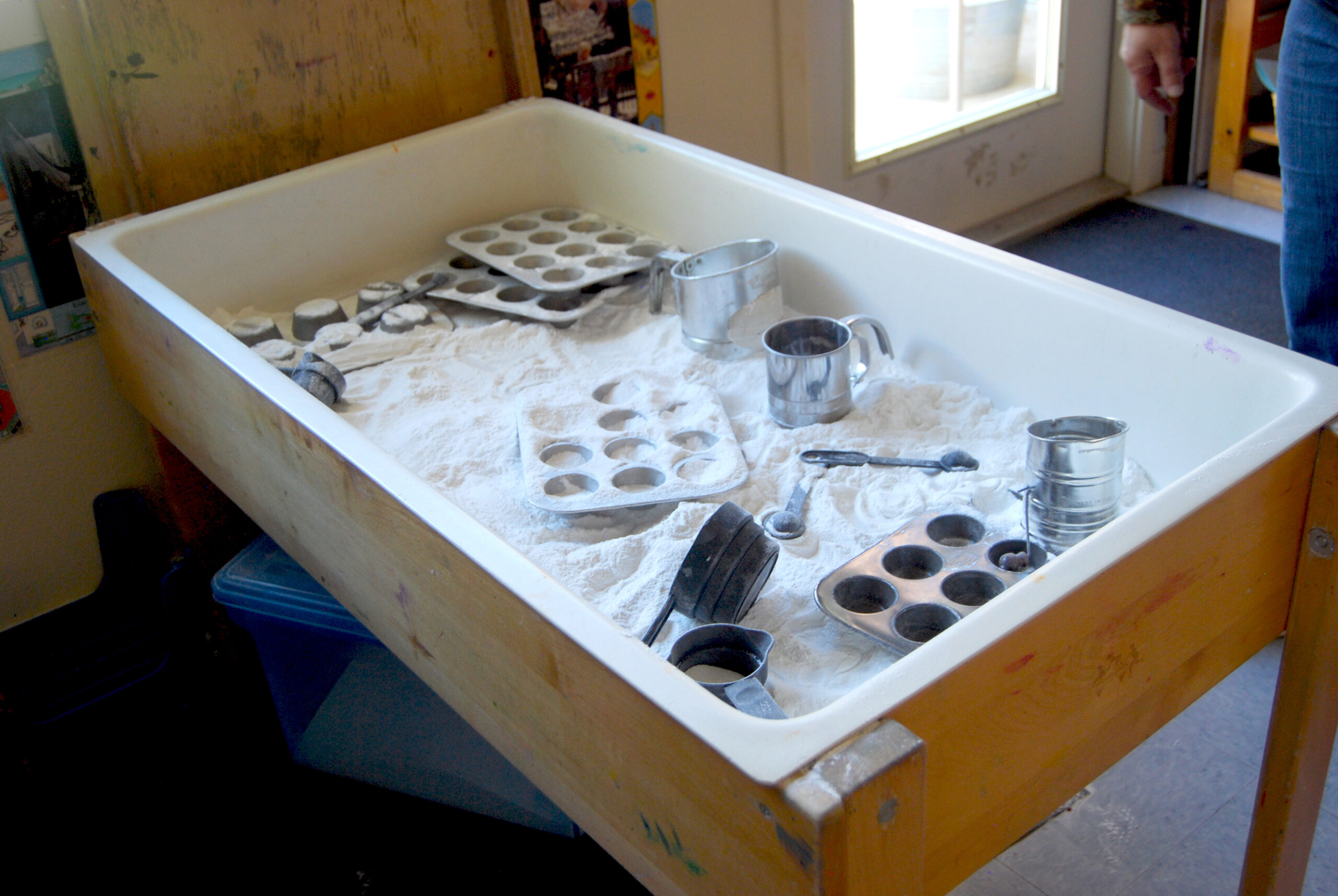


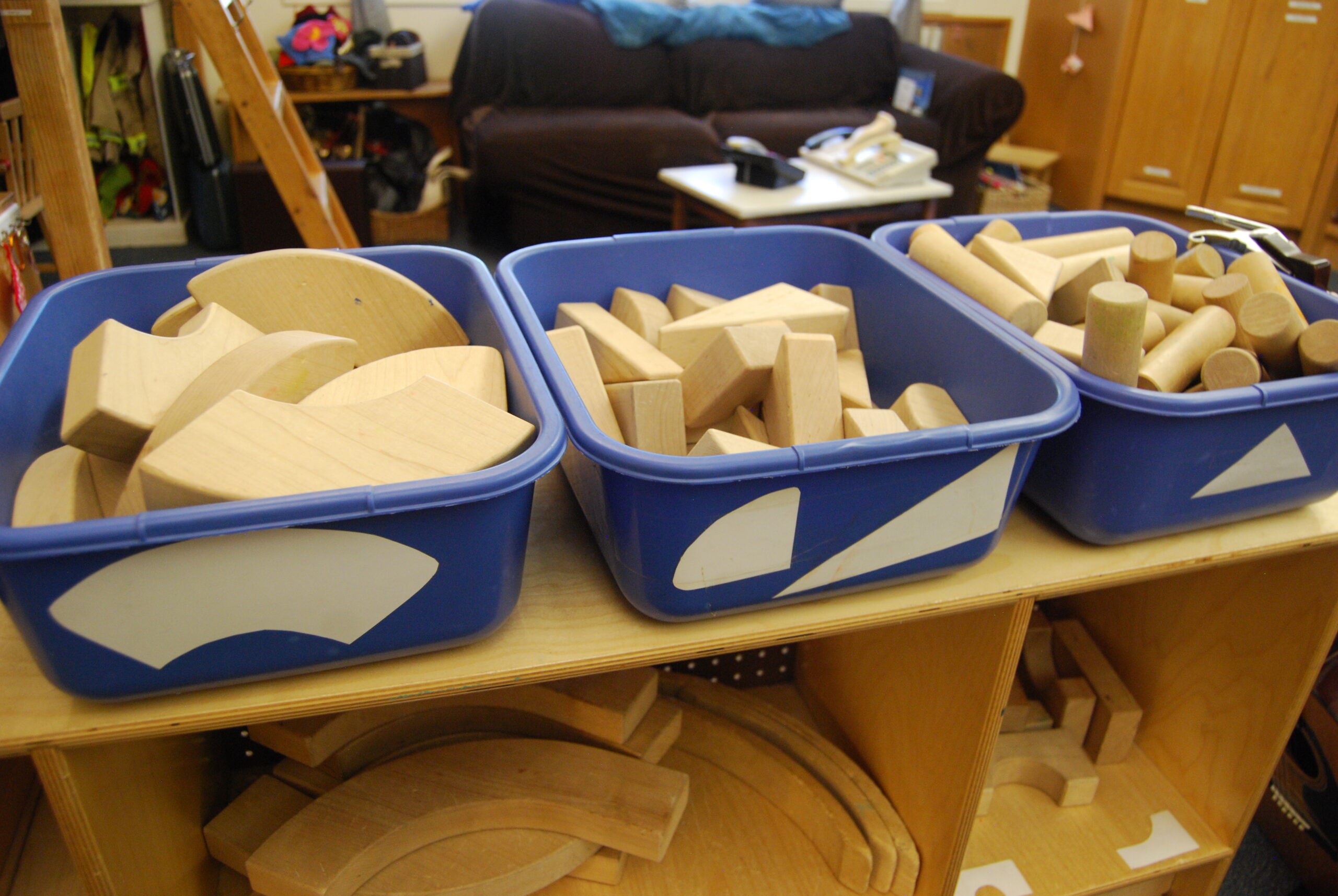
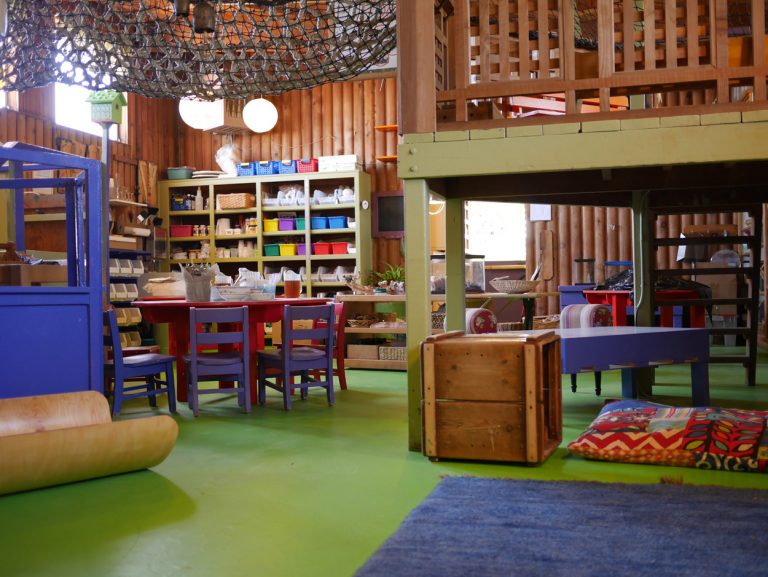
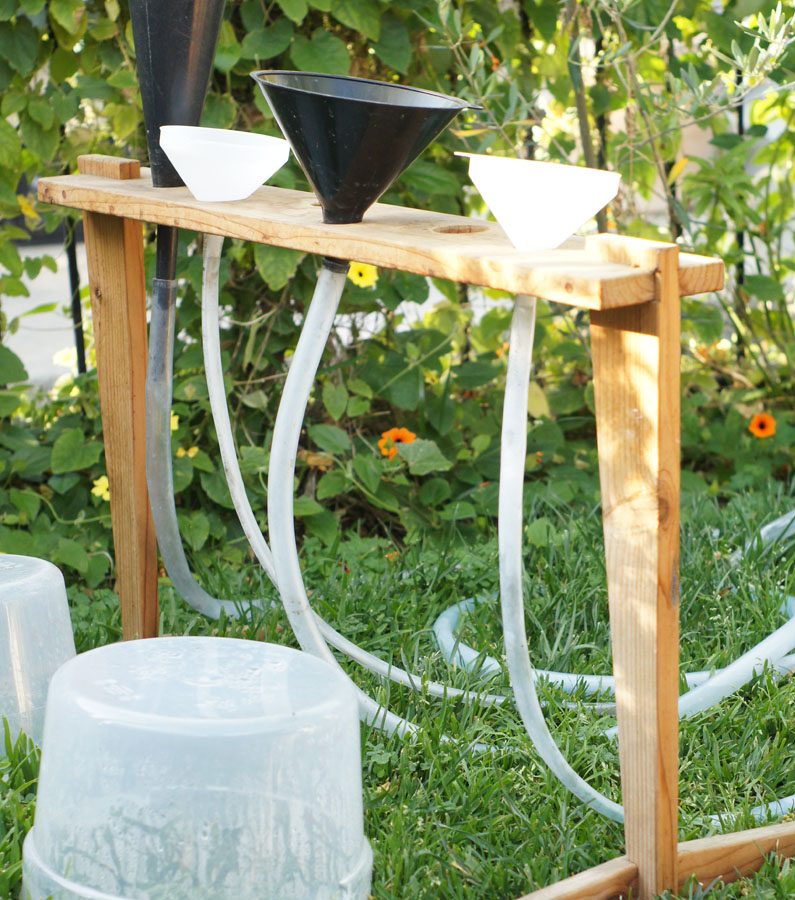
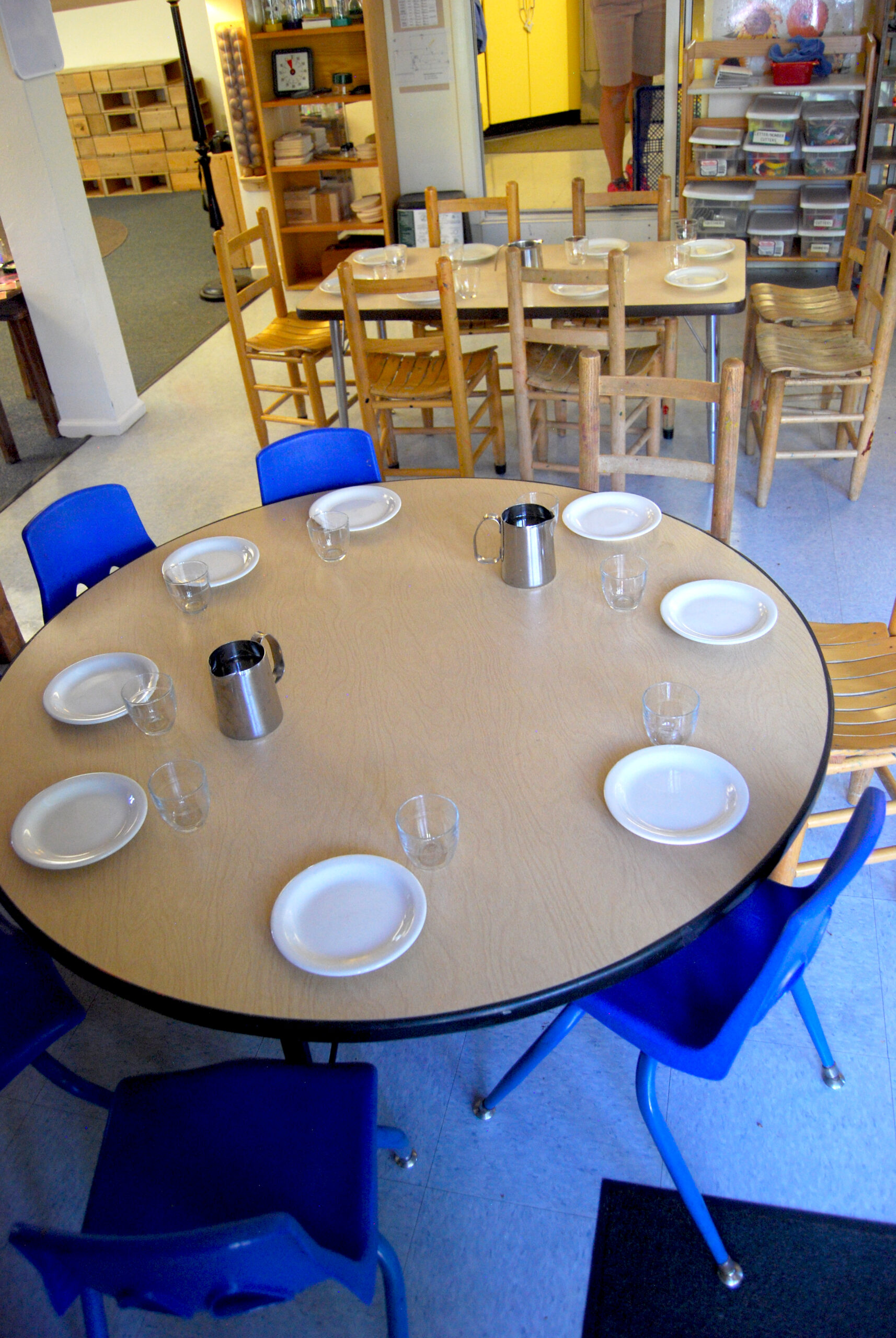

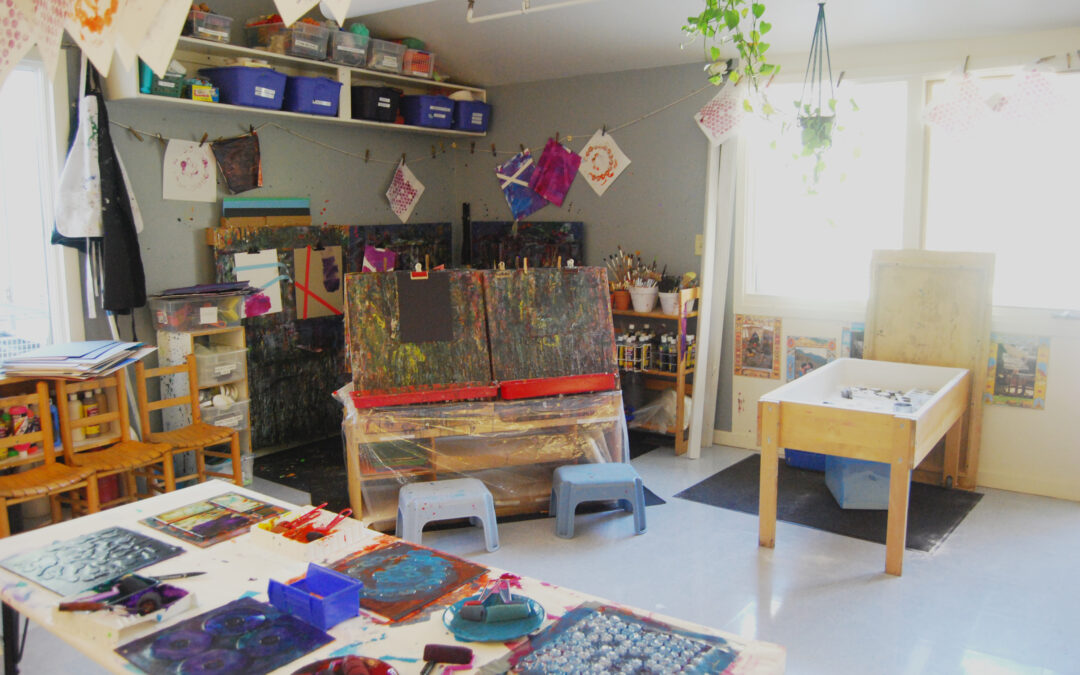

Love KODO products!
Thank you so much Cecile, we love to hear that!